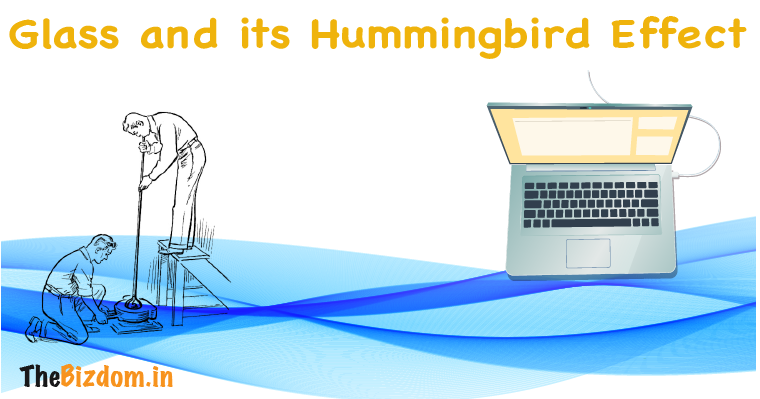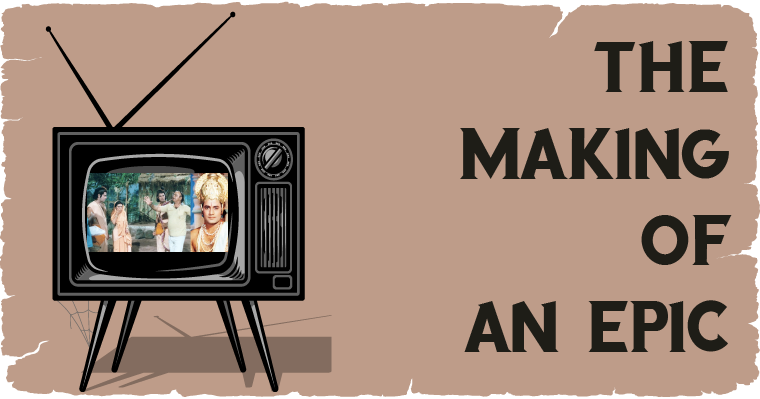5 min to read
The Invention of Glass and its Hummingbird Effect.
Glass is everywhere. From your windows to tableware to lenses in your glasses and microscopes, glass is an important material in our lives.

Once you realize that the modern world has been shaped by a simple object that has been around for more than 2000 years, you can’t help but marvel at it. Glass is one of the most ancient human inventions, and important invention. It predates writing, pottery, and maybe the wheel.
The Glass
The ancient Egyptians and Greeks made crude glass decorations. But today’s basic soda-lime glass – made of sand, limestone, and sodium carbonate – is only about 2000 years old. The Romans, who made glass from about 200 BC. They used glass primarily as a vessel, but mosaic arts and window glass were also produced. However, they didn’t have the soda-lime formula. They used a different recipe – one that required furnaces with temperatures as high as 1000 degrees Celsius. In contrast, soda-lime glass can be melted in kilns heated only to 650 degrees Celsius.
The grains of sand—made up of silicon dioxide—melted under the heat, when cooled, could not get itself back to its original shape, it left behind what we now recognize as glass. When Constantinople fell in 1204, a tiny group of glassmakers moved from Turkey and practiced their trade-in Venice, but once the heat required to make glass almost burned down the city.
These glassmakers were banished to the island of Murano, but soon they spread across. While neighboring cities like Florence and Milan were developing silver and gold work, iron and bronze casting, tapestry and embroidery, glassmakers in Murano were creating novelties -glass vials, beads, and baubles. They sold their glass throughout Italy and to traders from the Middle East.
The stained glass art of the Gothic cathedral was so highly developed that we might think glass handling had reached high perfection at that point. But, then the art of handling glass was destined to grow still more, to help mankind, to achieve new perfection.
The Press
Technological progress is often portrayed as a grand narrative of human advancement. The invention of the printing press, in this view, unleashed a global intellectual revolution whose consequences are still felt today. But how did Gutenberg’s moveable-type technology achieve such a fundamental transformation? What were the long-term causes that made his innovation so revolutionary?
Information Revolution by a German goldsmith named Johannes Gutenberg. One of his many business activities was selling wine that put him in proximity to the screw press used for squeezing wine grapes. His learning from his other failed business created the Printing Press.
Gutenberg’s great breakthrough had another, less celebrated effect: the condition of “hyperopia”—farsightedness—was there, but most people didn’t notice that they suffered from it, because they didn’t read. So, for the first time, people got to know that they were farsighted.
And that revelation created a surge in demand for spectacles. By the sixteenth century, eyeglasses had attained a recognizable form. The lenses in most glasses were convex in the center and concave near the edges. From the spectacle’s inception, people began to read. This upped the need for more glasses for all types of eyes, so people experimented with lenses and glasses.
Eyeglasses had been as a means of correcting specific problems: weak or poor vision; short sight; long-sightedness. But now glasses could now be worn as fashion accessories. As well as making their wearers look wiser and more learned.
The Astronomy
Glass is a fundamental part of astronomy. Without glass, the Big Bang theory would never exist. Galileo didn’t invent the telescope- instruments that utilize the principles of refraction and reflection to form a clear image of a magnified object, yet he played an important role by improving its design.
A Dutch eyeglass maker Hans Lippershey in 1608, invented a device that can magnify objects 3x. This used an arrangement of lenses and mirrors to change light from a distant object into a form that the user could see.
Galileo modified it to reach 10x. And, in Jan of 1610, just two years after Lippershey had filed for his patent, Galileo used the telescope to observe Jupiter’s four large moons (Io, Europa, Ganymede and Callisto) in 1610 with his telescope. A lot changes because of this observation. His evidence later caused the Catholic Church to reverse its position on whether Earth really is the center of the universe.
In 1757 John Dolland (an English optician) used crown and flint glass to produce an achromatic lens, with the help of glass and water lenses.
The Biology
In 1590 at Middleburg in the Netherlands, father and son spectacle makers Hans and Zacharias Janssen experimented with lining up two lenses, not side by side like spectacles, but in line with each other, magnifying the objects they observed, thereby inventing the microscope.
Science in 17th -century was revolutionized when Antonie van Leeuwenhoek expanded the microscopic world. As a Dutch lens-maker, he made more than 500 microscopes, and thus was the world’s first microbiologist. Curious about everything that could be placed under a microscope, he examined plant and animal tissue, insects, fossils and crystals.
Robert Hooke, a British scientist used this microscope to identify the cell as the basic unit of life. Microscopes would later reveal the invisible colonies of bacteria and viruses that both sustain and threaten human life, which led to modern vaccines and antibiotics.
The Internet
There’s no one inventor of the modern web, just like there’s no one inventor of agriculture or wheels, and Glass played a good role in this history. Charles Vernon Boys, a British physicist, developed a slender glass fiber in 1887. This strong type of glass, now known as fiberglass. Fiberglass is a composite material made up of a fine woven glass fiber reinforced with a resin, making it lighter and more durable than conventional glass. It was soon used as a balance arm, but is now today applied in computer circuitry, planes, and insulation.
We used transparent glass fibers and lasers to produce fiber optics, which led to the availability of the internet. Now, selfie photos are taken using Glass lenses, stored in fiberglass circuitry, sent via ultrathin Glass cables, and viewed on Glass screens.
For a much more detailed reading. Grab Steven Johnson’s HOW WE GOT TO NOW (Six Innovations That Made the Modern World).



